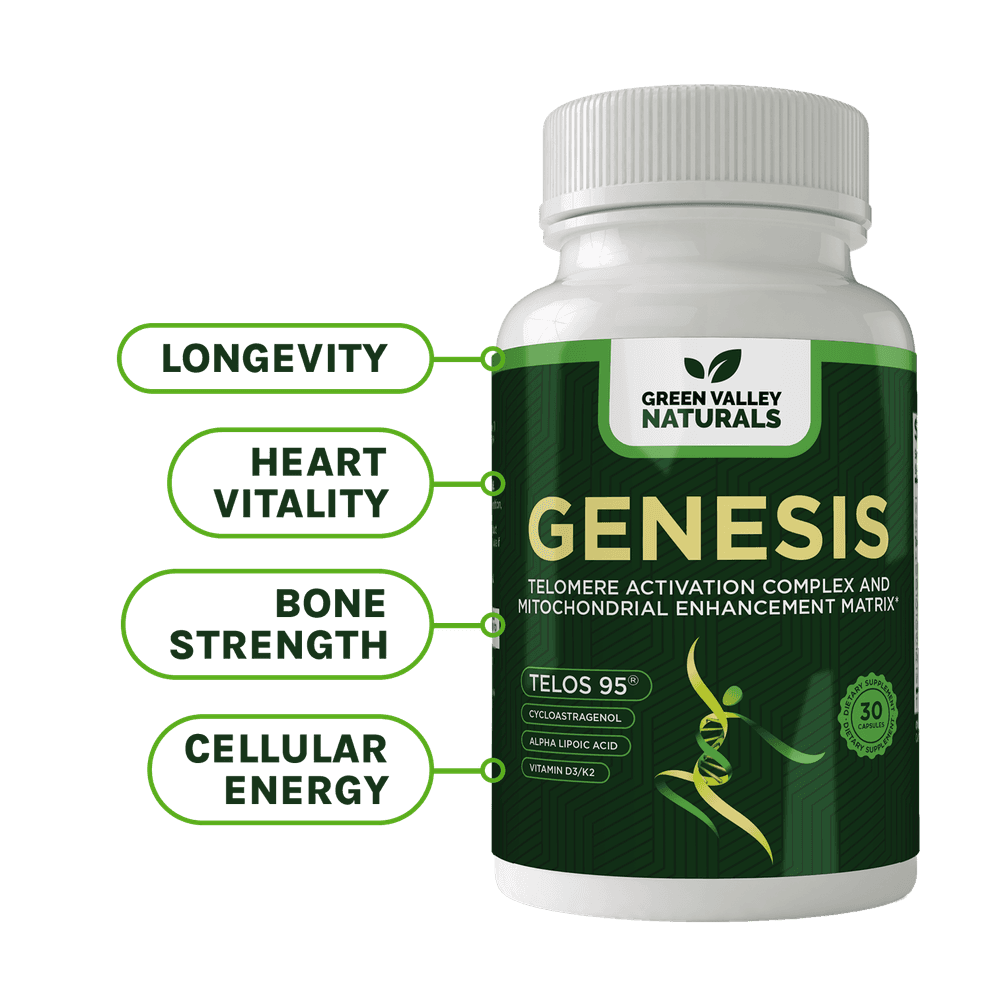
But did they have you stand on one leg for ten-seconds? Nope, didn’t think so.
Well, that could change based on a new study published in the British Journal of Sports Medicine.1 Longevity scientists theorized that your ability to balance is an indicator of overall health. To see if they were right, between the years 2008 and 2020 they administered a ten-second balance test to 1,792 people aged 51 to 75.
Dubbed the “flamingo test,” each person was asked to stand barefoot on one leg while keeping their other leg lifted in the air. Importantly, they were required to keep their head upright and their arms straight at their sides for ten seconds.
What Did the Scientists Find?
Of the 1,702 participants, 20 percent wobbled and could not complete the test.It’s no surprise that this test became more challenging the older the participants grew. Here’s the results:
Only five percent of the participants between the ages of 51 and 55 failed the flamingo test. However, that number climbed to 54 percent for folks between the ages of 71 and 75.
In those who failed the test, there was a higher proportion of people who were overweight, suffered from heart disease, high blood pressure, or poor blood lipid panels. And type-2 diabetes was a whopping three times more prevalent in the poor balance group.
When researchers checked in with the participants seven years later, they made an interesting discovery.
After accounting for age, gender, and underlying health conditions, the inability to pass the flamingo test was linked to an 84 percent heigher risk of all-cause death over a period of seven years (which they called the “median check-in point”).
Besides longevity, however, researchers argue that balance is necessary for overall health, well-being, and independence.
Why Balance is Key for Optimum Health
“We regularly need … a one-legged posture, to move out of a car, to climb or to descend a step or stair and so on,” explains study author Dr. Claudio Gil Araújo.To not have this ability or being afraid in doing so, it is likely related to loss of autonomy, and, in consequence, less exercise and the snowball starts.”
Anat Lubetzky, a physical therapist and professor at New York University, spoke on the study’s implications in a Healthline.com interview.
“Balance should be included when checking vital signs,” Prof. Lubetzky advises. “It is one indicator in a host of indicators on the general health of a person.”
My Takeaway
I agree with Prof. Lubetzky’s recommendation. If you want to stay active, and believe me I do, you’ve got to maintain your physical well-being. That includes strength, flexibility, balance, and a decent ability to use your senses—vision, hearing, feeling physical sensation, etc.Of course, the recent study was observational; therefore, scientists didn’t find a direct cause and effect. Still, I believe a balance test could be a valuable tool for physicians when assessing patients’ overall health. Similar tests include monitoring walking speed, grip strength, and more. Best of all, if your physician doesn’t include the flamingo test in your physical examination, you can do it yourself at home with relative ease. (I explained how earlier in the article.)
But what should you do if you know your balance is waning or you fail the flamingo test?
Balance can be affected by a variety of factors. Besides age, experts say spinal stenosis, pinched nerves, and inner ear issues can impact balance.
But what if you don’t have any of those issues? Fortunately, balance can be improved … even if you’ve told yourself you have “horrible balance” your entire life.
Easy Ways to Improve Your Balance
The Harvard Medical School newsletter offers some simple advice for improving your balance, including:2- Sign up for a balance-focused (such as tai chi) class at your local YMCA or senior center.
- Walking, biking, and stair climbing all strengthen key balance muscles in the lower body.
- Stretching loosens tight muscles, which can affect posture and balance.
- Yoga strengthens and stretches tight muscles while challenging static and dynamic balance.
It’s worth the effort because the research certainly suggests that better balance now means better quality of life and healthier aging later.

